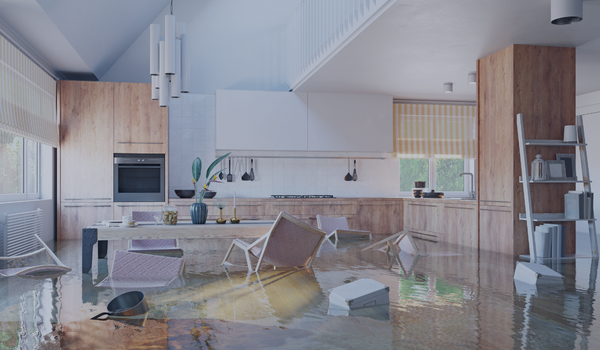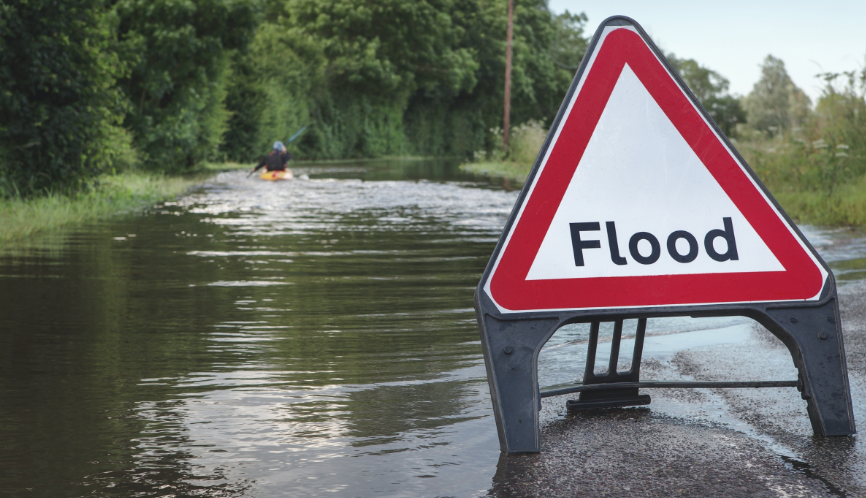Flood zones are geographical areas that share a risk of severe flooding. The Federal Emergency Management Agency (FEMA) determines an area’s zone using the Flood Insurance Study, a collection of flood risk data for specific waterways. Knowing your flood zone is important for understanding your flood insurance needs.
Special Flood Hazard Areas
Special Flood Hazard Areas (SFHAs) are areas that are at high risk of flooding. FEMA will classify an area as an SFHA if it has a 1% chance of experiencing a highly damaging flood within a year.
If you live in an SFHA, other than a Zone D, and have a federally backed mortgage, your lender will require you to purchase flood insurance.
Zone A is an SFHA. But FEMA has not established a statistically likely depth for damaging floods.
Zone AE include areas for which detailed hydraulic analyses provide elevation information for flooding.
Zone AH is susceptible to a type of shallow flooding known as ponding. Ponding occurs when runoff collects in a depression with no or limited drainage. Standing water in this zone is usually about 1 to 3 feet deep.
Zone AO is also susceptible to shallow flooding. The most common type of flooding in Zone AO is sheet runoff, in which water flows downhill over sloping terrain. The water may reach a drainage system or channel, or it may dissipate first. Depths of sheet runoff are usually under 3 feet.
Zone AR is at high risk because a flood control structure, such as a levee, provides less protection than it once did. To constitute an AR designation, there must be a restoration plan in place for the structure, and the structure must still provide some protection.
Zone A99 is a community where a flood protection system is under construction. The construction must be federally approved and meet certain project progression milestones.
Zone D is an area with potential, but unspecified flood hazards. This means that there has been no detailed analysis of hazards. Flood insurance is optional but recommended. Rates depend on the risk’s uncertainty level.
Zones V and VE are Coastal High Hazard Areas (CHHAs). These zones are susceptible to damage from fast-moving water and high waves that may exceed 3 feet. Base Flood Elevation (BFE) calculations are available for VE but not V zones. The VE flood zone is the newer designation for areas formerly known as V1 through V30.
Moderate Flood Hazard Areas
Moderate flood hazard areas are known as Zones B or X. These areas are less likely than an SFHA to have a highly damaging flood but still have up to an 0.2% annual chance of severe flooding.
Minimal Flood Hazard Zones
Minimal flood hazard zones are higher in elevation than moderate flood hazard areas. These are labeled as Zones C or X.
Homeowners in moderate and minimal flood hazard areas are not required to buy flood insurance, though it is still recommended. Storms are becoming more severe nationwide, and that means a higher flood risk for everyone.
For more information on flood insurance or questions about which zone your home is in, contact RMC to speak with a licensed agent today.



